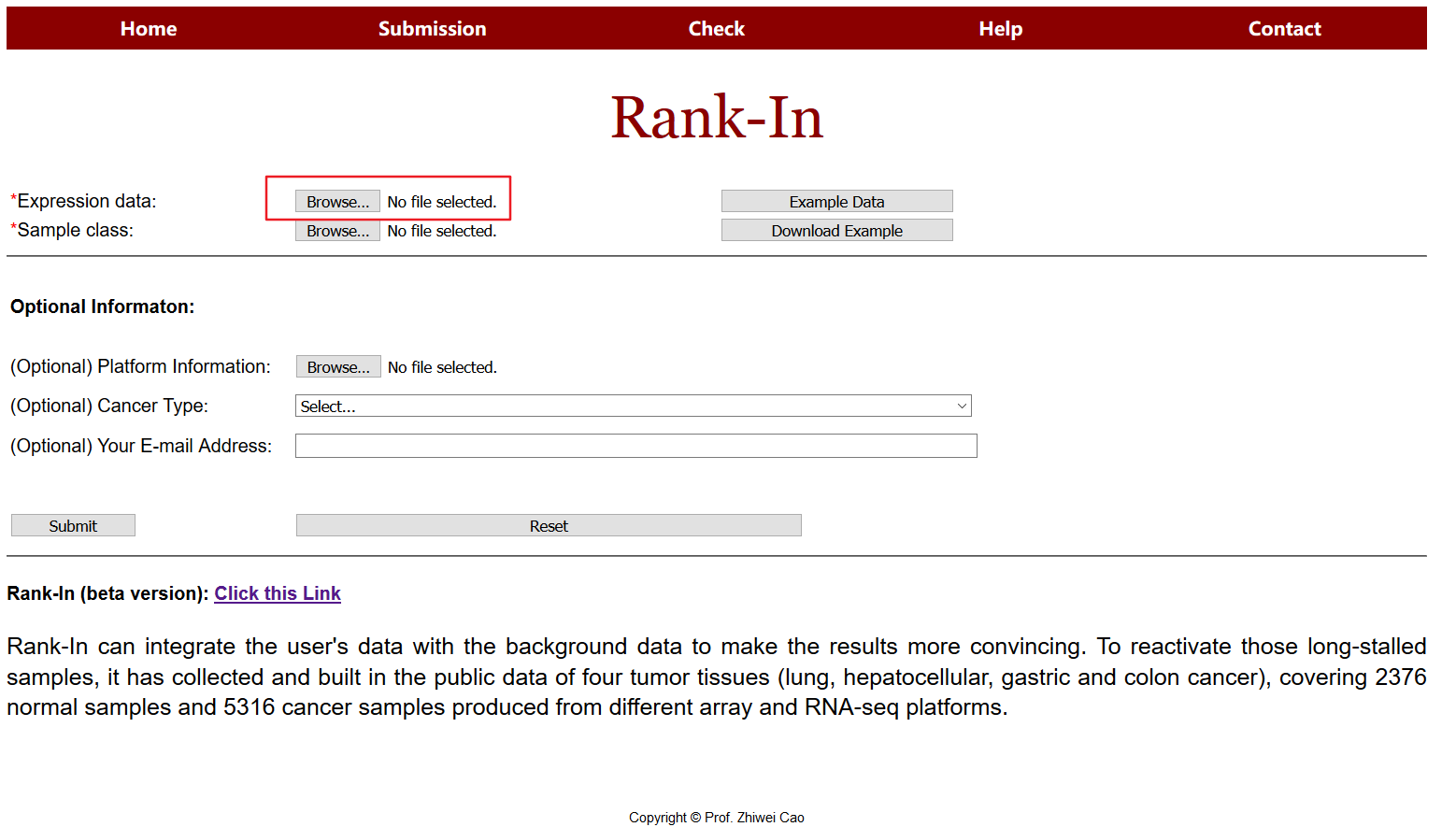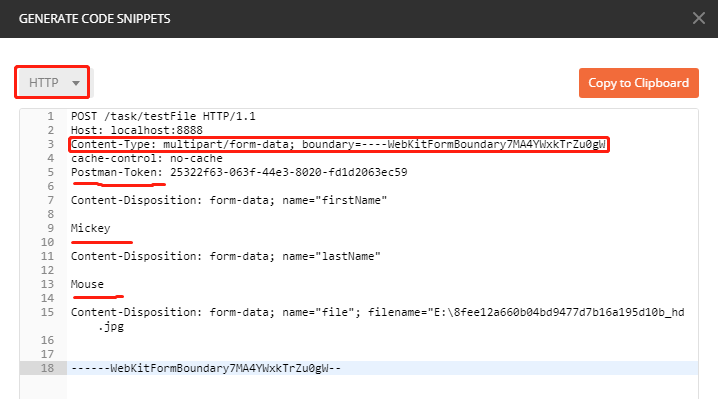
A single request is made to receive a token by using the credentials provided for your app in the previous step when you register an app in Azure AD.

In the client credentials flow, the token is used with the Application Insights endpoint. The Application Insights API supports Azure AD authentication with three different Azure AD OAuth2 flows: As described in the HTTP 1.1 specification, POST is designed to allow a uniform method to cover the following functions: Posting a message to a bulletin board, newsgroup, mailing list, or similar group of articles Providing a block of data, such as the result of submitting a form, to a data-handling process Extending a database through an. Your App Insights App ID - If you are currently using API Keys, this is the same app ID.Request an authorization tokenīefore you begin, make sure you have all the values required to make the request successfully.
More granular roles and permissions can be created. Adding the -form or -f option, HTTPie ensures that data fields are serialized as, and Content-Type is set to, application/x-< person. Syntax: Accept:This role is one of many built-in roles and might include more permissions than you require. On the Members tab, choose Select members.Įnter the name of your app in the Select box.Īfter you finish the Active Directory setup and permissions, request an authorization token.įor this example, we applied the Reader role. Select the Reader role and then select Members. Now that your app is registered and has permissions to use the API, grant your app access to your Application Insights resource.įrom your Application Insights resource overview page, select Access control (IAM). On the APIs my organization uses tab, search for Application Insights and select Application Insights API from the list.

On the app's overview page, select API permissions. To access the API, you register a client app with Azure AD and request a token. using IEedge it will instruct to IE to use the latest document mode available. To access the endpoint, you must authenticate through Azure Active Directory (Azure AD). The multipart refers to the data (in the above screenshot it is To, From & Body) which is divided into multiple parts and sent to server.You can submit a query request by using the Azure Monitor Application Insights endpoint. Use the -resource option to specify the unique resource ID for the Azure Databricks service, which is 2ff814a6-3304-4ab8-85cb-cd0e6f879c1d. Basic Commands At its simplest, HTTPie can be passed a URL to immediately make a GET request: http To send data, specify the appropriate HTTP verb and then pass your key/value pairs as additional command-line parameters: http POST foobar helloworld By default, data is sent as JSON with appropriate request headers. Summary if you have binary (non-alphanumeric) data (or a significantly sized payload) to transmit, use multipart/form-data. Generate the Azure AD access token for the signed-in Azure AD service principal by running the az account get-access-token command.
Find below the screenshot from postman with a sample API multipart/form-data in HTTP Action:įrom the above screenshot, the API is called using the content type multipart/form-data. az login -tenantUse these tips and tricks to ease your API headaches and bring some fun into your workflow. This post will give some quick examples to make the most of your command line API development.

In a Power Automate or Logic apps HTTP action to post data with an API which has implemented the content-type. HTTPie releases unintuitive command flags from your brain and removes repetitive parameters completely.
Httpie form data urlencoded how to#
In this blog post, let us see how to use the content-type It can have three values, application/x-multipart/form-data - Represents a Multipart form. Overview For an end-user, the process of form submission is convenient, and to some extent, equivalent to just entering data and clicking on a submit button.
Httpie form data urlencoded Patch#
It also provides similar methods for GET, PUT and PATCH requests. The encoding type of a form is determined by the attribute enctype. post () method supplying our URI as an argument. Content type multipart/form-data is used to send both text and binary data to the server and x-www-form-urlencoded is used more generally used to send text data in a query string in the form of name value pairs separated by ampersand. Set the Request Method to POST Requests has a really simple HTTP verb based design, meaning that to get a response we call it's. form-data is a fancier way of encoding data than x-file and form-data as.


 0 kommentar(er)
0 kommentar(er)
